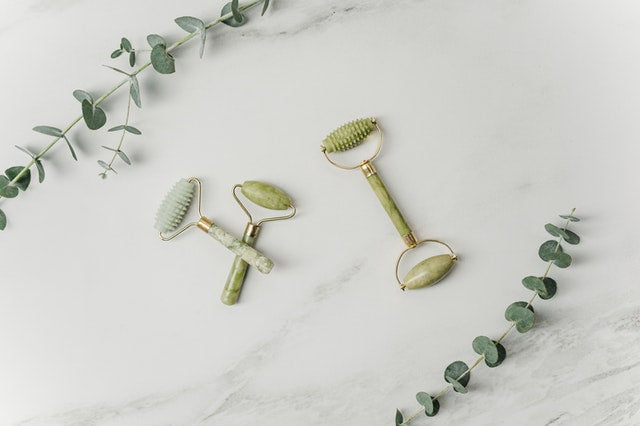Jade dots can really be made of one of two shakes that are named to be jade. The most well-known jade globules are made from Nephrite. This stone is contained calcium, amphibole and tremolite. The middle layer of Nephrite is really one type of asbestos. The more iron that this stone has in it the more it seems, by all accounts, to be green.
The other stone substance that is alluded to as jade is really Jadeite. Jadeite is contained sodium and aluminum rich pyroxene. The jadeite is utilized less every now and again in the production of jade dots since Jadeite is really harder than quartz. That makes this stone hard to work with, yet the Nephrite has the rich green shading individuals need in jade globules and the stones are milder and simpler to frame.
Nephrite and Jadeite were once usually utilized in medicines of kidney infirmities and illnesses of the midsections. In light of the manner in which the stones were utilized the English talking individuals began to allude to them as "jade".
Nephrite that has almost no iron in it will seem, by all accounts, to be different tones. There is a type of this stone found in China that is an unadulterated smooth white with no green tint to it by any means. The iron substance makes various shades of green in this stone, however in the Jadeite there are shading varieties of pink, mauve, lavender, and surprisingly blue. The Jadeite adaptation of the stone is a lot more extraordinary to run over than the Nephrite rendition of the stone is.
Jade has an action scale that assists individuals with knowing its worth, similar as the karat scale assists individuals with knowing the measure of unadulterated gold a ring contains.
Type A
At the point when you see jade marked as being type A you can have confidence that it is Jadeite that has had nothing done to it or mixed into it. The stone may have been cleaned for appearances, yet nothing else has been done that would change the make-up of the piece.
Type B
Type B jade happens when a gem specialist has a piece of stone that has incredible potential, yet a few stains in it. A compound interaction is utilized trying to free the stone of the stain. The gem specialist may impregnate the stone with an unmistakable polymer sap to improve its sparkle and straightforward nature. At the point when polymer impregnation is associated with a jade thing an infrared spectroscopy is performed to demonstrate the presence of polymer in the stone.
Type C
At the point when the jade has been colored utilizing fake estimates it will be classed as a kind C. Commonly the staining of this stone will bring about an earthy colored shaded stone rather than the desired dark green. In any event, when the stone accomplishes the emerald green shading it will lose its straightforwardness during the perishing interaction.
The blend of type b + c
Any jade that is a mix of type B and type C will have been impregnated and colored with an end goal to accomplish a specific appearance.
Type D
This kind of jade is really a little piece of jade that is situated over a plastic support to make a thing.

